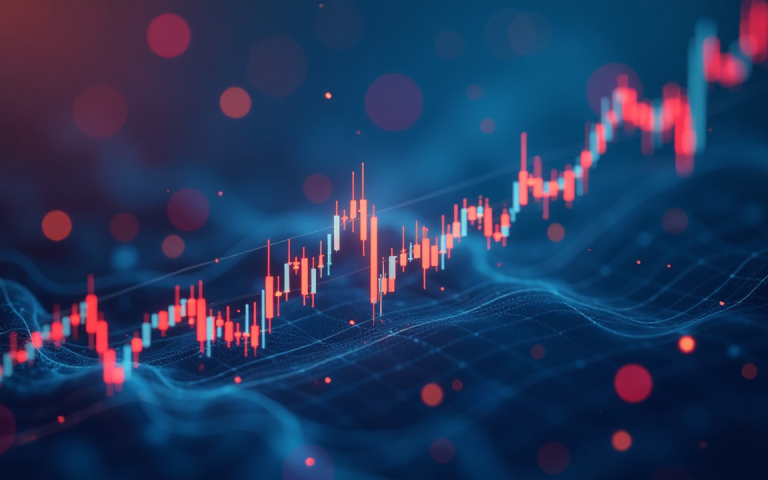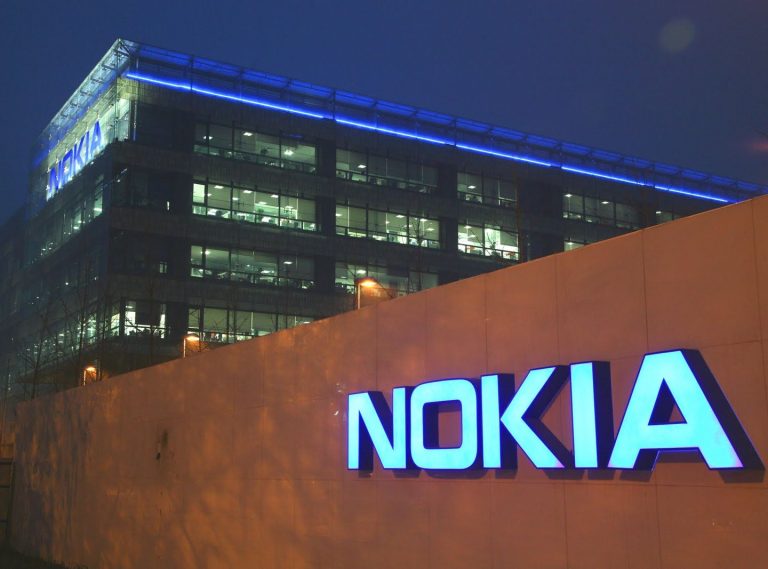The World Bank slashed its 2025 economic growth forecast for Latin America and the Caribbean, with the region expected to grow only 2.1% instead of the January estimate of 2.5%.
The move, announced Wednesday amid the spring meetings of the International Monetary Fund (IMF) and the World Bank in Washington, highlights deepening global uncertainty and the growing strain for emerging markets.
The World Bank attributed its more cautious outlook to several contributing factors, including possible delays in interest rate cuts by developed economies, the risk of further slowing in China’s growth, rising global trade restrictions, and a decline in overseas development assistance.
With the global economic backdrop increasingly turning uncertain, regional policy experts are called to make swift adjustments.
“The global economic landscape has changed dramatically, marked by higher levels of uncertainty,” said Carlos Felipe Jaramillo, the World Bank’s vice president for the Latin America and Caribbean region.
“Countries must recalibrate their strategies and advance bold, practical reforms”, he added.
Weakens growth outlook for Mexico and Brazil
The adjusted forecast hinges on two of the biggest economies of the region — Mexico and Brazil.
Growth in Mexico is now expected to be zero in 2025, compared to the 1.5% expansion forecast earlier this year.
Just days before, the IMF cut its forecast for the Mexican economy, predicting a contraction of 0.3%, due to new US tariffs and rising trade tensions that it said should hit exports and dent investor sentiment.
Brazil had its 2025 projection cut from 2.2% to 1.8% instead. Even though the country remains on a growth path, the slower rate of growth reflects both domestic fiscal constraints and the effects of a weaker global demand.
Argentina is a surprising bright spot, with growth anticipated to reach 5.5% in 2025, up from 5.0% previously.
The change comes after the country announced a $20 billion deal with the IMF earlier this month to stabilise its finances and assist structural reforms.
While the accord is a step forward, analysts warn that Argentina’s future recovery will be highly dependent on policy implementation, inflation control, and attempts to restore investor confidence.
Structural reforms and foreign investment
The World Bank insisted that Latin nations need to move away from temporary solutions and towards permanent structural reforms to boost competitiveness, productivity, and resilience.
Public debt remains a persistent challenge, with the region’s debt-to-GDP ratio rising to 63.3% in 2024, up from 59.4% in 2019.
William Maloney, the World Bank’s chief economist for the region, said, “Access to technology and the exploitation of scale economies imply that trade and FDI (foreign direct investment) continue to be crucial for accelerating growth in Latin America and the Caribbean.”
Maloney reiterated that potential growth fields lie in new trade partnerships, opportunities for service exports, and importing and investing in near-shoring.
Meanwhile, he cautioned that will need greater productivity and more nimble policy in the region.
The post World Bank slashes 2025 growth outlook for Latin America as global uncertainty mounts appeared first on Invezz










